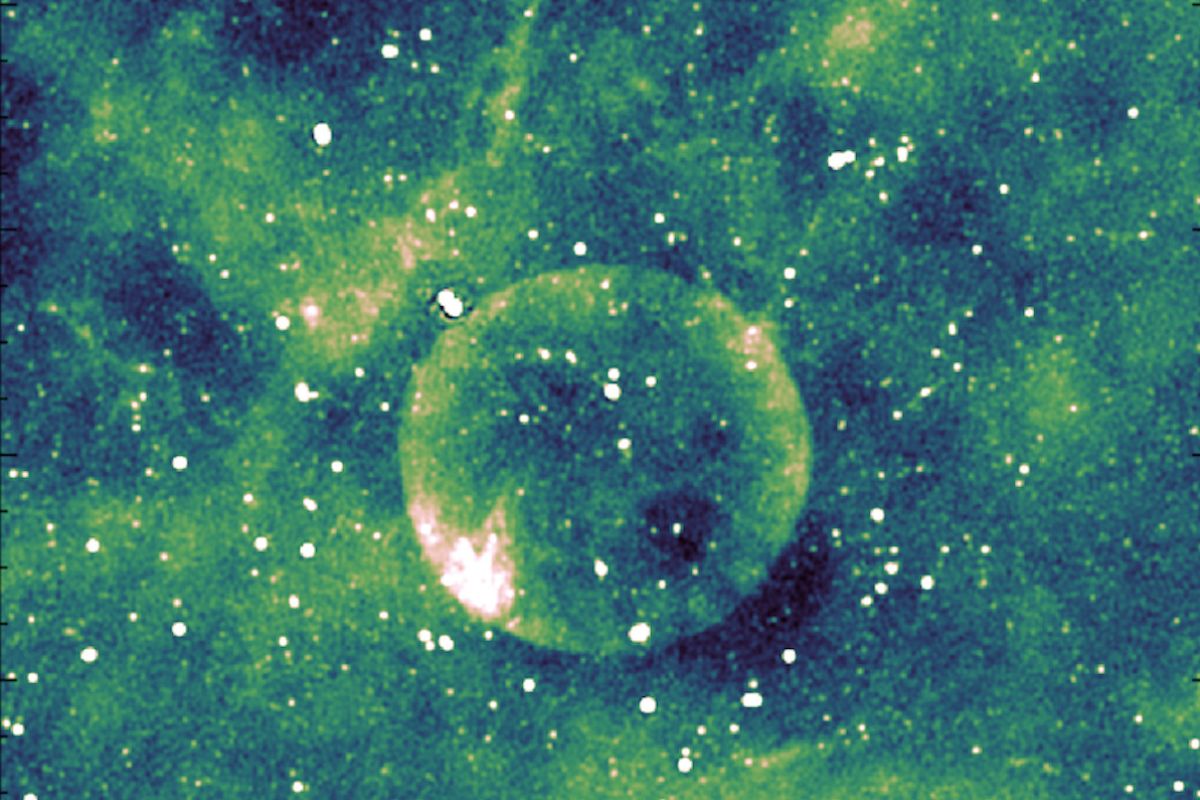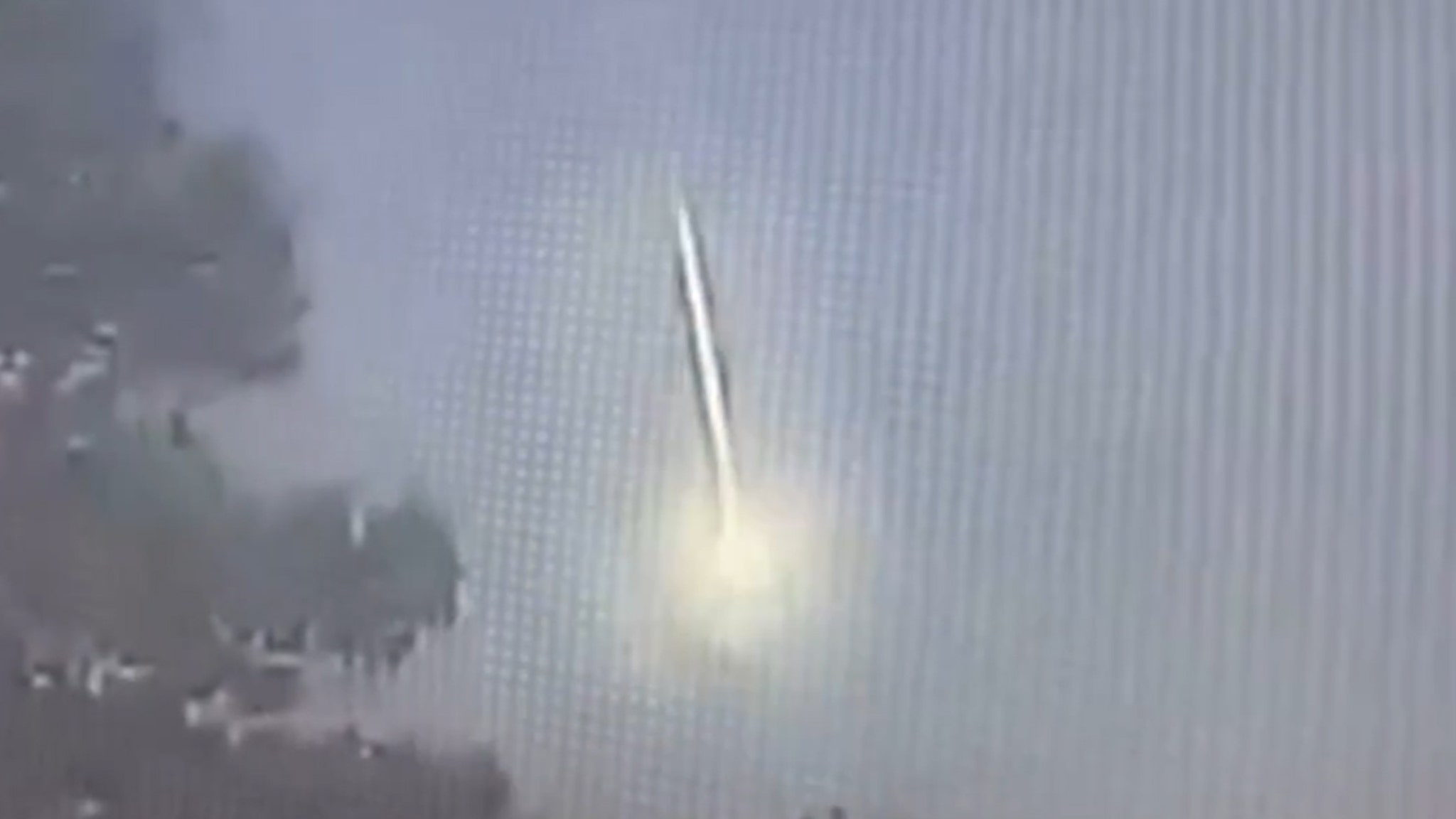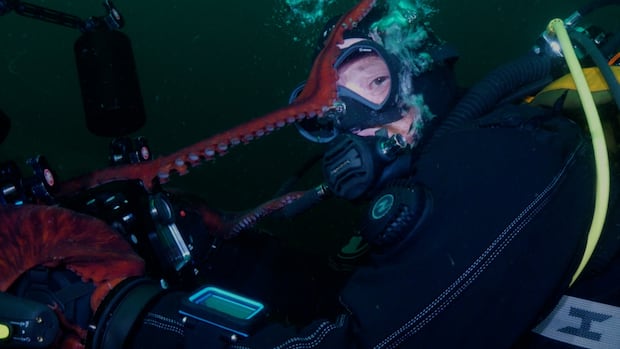Astronomers Uncover Unprecedented Celestial Object with Near-Perfect Spherical Shape

The Australian SKA Pathfinder Telescope (ASKAP) has made a remarkable discovery that is intriguing the scientific community: a celestial object exhibiting an almost perfectly spherical shape. This extraordinary find, catalogued as G305.4-2.2, has been dubbed 'Teleios' by researchers, a name derived from the Greek word meaning 'perfection'. This giant bubble of plasma floats within the Milky Way, revealing itself only in the radio spectrum and remaining invisible to other forms of electromagnetic observation such as visible light, infrared, or X-rays.
Typically, remnants of supernova explosions are characterized by irregular and frizzy shapes due to the chaotic nature of stellar explosions and the uneven interstellar environment. However, Teleios stands out as it boasts a shape that is over 95% round, marking it as what many astronomers are calling the first 'perfect radio circle' identified in our galaxy. Such a discovery poses significant questions and challenges for the scientific community, as Teleios defies existing expectations regarding the aftermath of stellar explosions.
This mysterious object is faint, which complicates the efforts of scientists aiming to study it. A contentious point among researchers is the determination of its distance from Earth, with estimates varying from 2,200 light years to 7,700 light years. Similarly, its diameter is under debate, with claims ranging between 14 and 47 light years. These discrepancies also affect efforts to date the object accurately. According to a research report published on May 7, two primary scenarios are being considered: Teleios could either be a young supernova remnant, less than 1,000 years old, or an older remnant, more than 10,000 years old.
As scientists delve deeper into understanding the origins of Teleios, one prevailing hypothesis suggests that it could be a remnant of a 'type Ia supernova'. This scenario postulates that the explosion of an ultra-symmetric white dwarf in a sparse environment left behind this neatly sculpted sphere. However, as the report stresses, the evidence currently available is insufficient to conclusively validate this theory. The article notes, “Unfortunately, all the scenarios examined present challenges, and no definitive type of supernova origin can be established at this stage.”
Investigations into Teleios are ongoing, and scientists are facing several puzzling questions. Notably, Teleios does not emit X-rays, which would typically be expected if it were indeed a remnant of a supernova explosion. Furthermore, when massive stars undergo catastrophic explosions, they usually leave behind dense cores, such as neutron stars or black holes; yet, astronomers have detected none in this vicinity. Compounding the mystery, there are no historical records of a supernova occurring in this part of the sky, implying that if Teleios is a young object, its explosion has gone entirely unnoticed from our vantage point on Earth.
Looking ahead, the Square Kilometre Array, an advanced radio telescope set to commence operations in Australia in the coming years, may ultimately provide further insights into the enigmatic nature of Teleios and other celestial phenomena, illuminating the darker corners of space that remain shrouded in mystery.

























